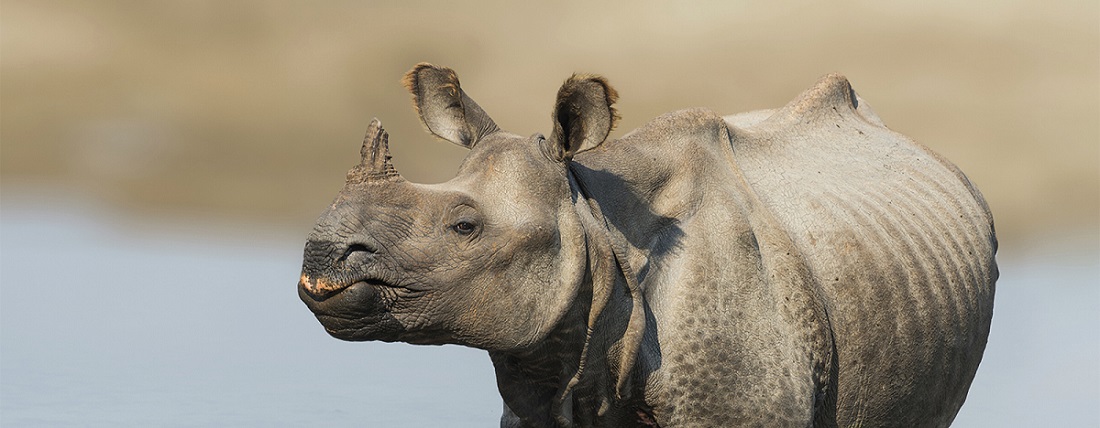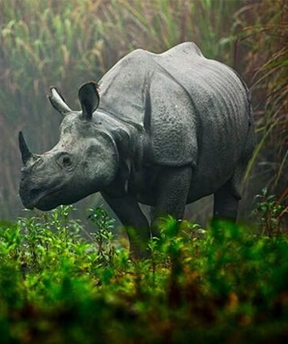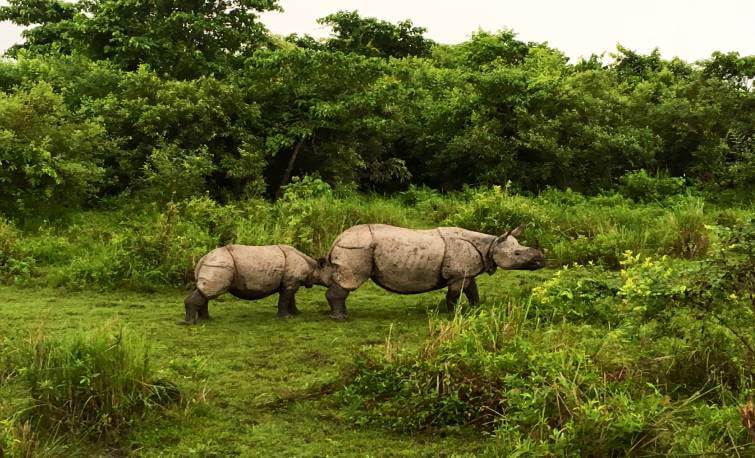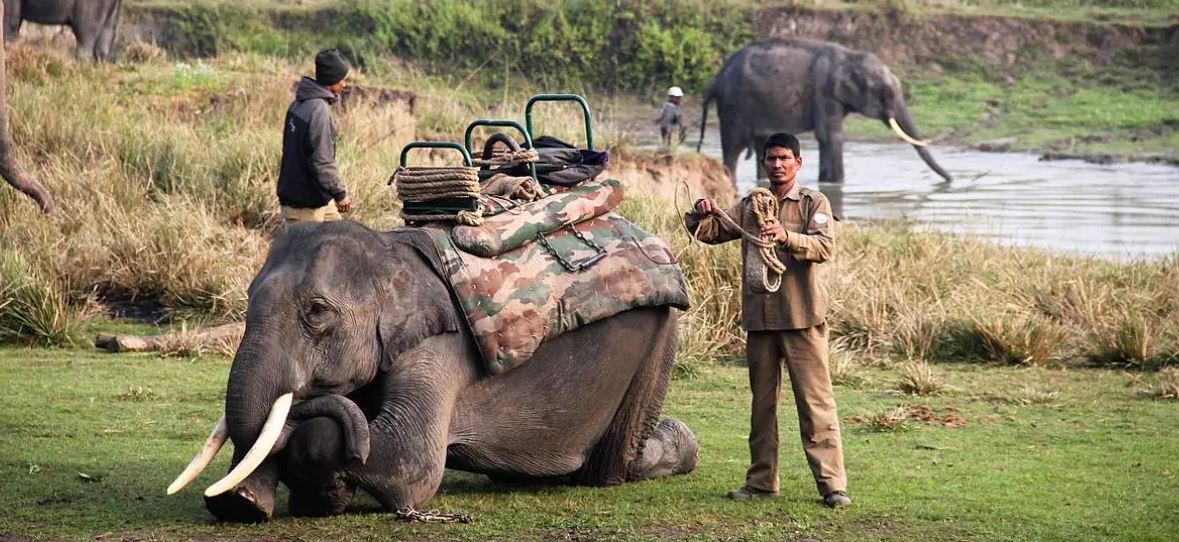
Explore Kaziranga with Your Friends in 3 Days
Kaziranga National Park, a UNESCO World Heritage Site located in Assam, India, is a paradise for wildlife enthusiasts. Known for its population of the endangered one-horned rhinoceros, Kaziranga offers an unparalleled opportunity to witness the splendor of nature up close. My friends and I recently embarked on a three-day adventure to this iconic park, and the experience was nothing short of extraordinary.
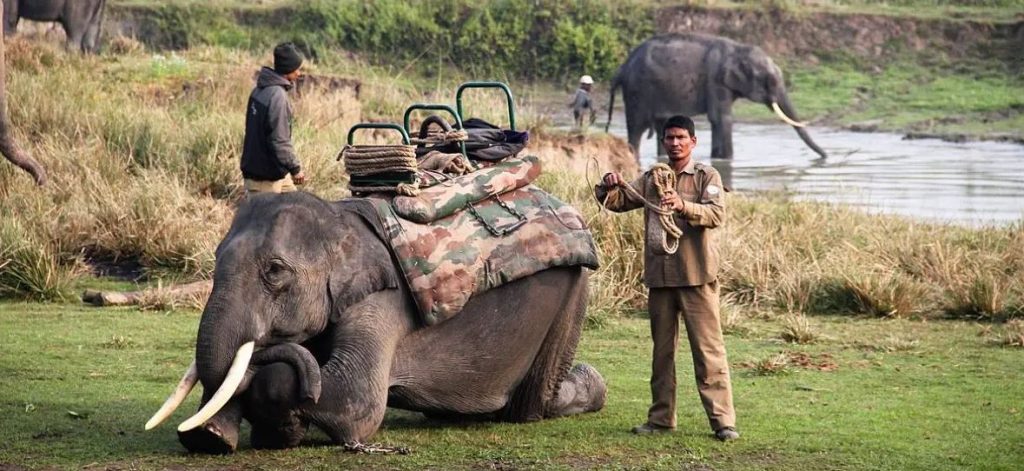
Day 1: Arrival and First Impressions
The journey begins early in the morning as you set off from Guwahati, the nearest major city. The drive to Kaziranga, about 165 km away, is a picturesque one, with lush greenery and quaint villages dotting the landscape. Arrive at your advance-booked resort around noon, which promises both comfort and a rustic experience.
After a quick lunch, head straight to the park for the first round of safari. Kaziranga is divided into four zones: Central, Western, Eastern, and Burapahar, each offering unique landscapes and wildlife sightings. You can opt for the Central Range, which is reputed for its dense population of rhinos.
The jeep safari was an exhilarating experience. As you drive through the tall elephant grass and marshlands, the experienced guide regales with stories about the park’s history and the various species that inhabit it. The sight of spotting the first rhino while on the safari will be an awe-inspiring one and sets the tone for the rest of the trip. You will also get glimpses of wild elephants, swamp deer, and a variety of bird species, making the safari a thrilling introduction to Kaziranga’s biodiversity.
Day 2: Deeper into the Wilderness
Eager to see more, rise before dawn on the second day for an elephant safari. Riding atop these gentle giants will give you a different perspective of the park. The Elephant safari in Kaziranga takes the visitors even closer to the rhinos. The morning mist, combined with the sounds of the jungle waking up, creates a serene and magical atmosphere. After the safari, visit the Kaziranga National Orchid and Biodiversity Park. This park, located nearby, houses a stunning collection of orchids and other native plants. It was a delightful detour, offering a chance to appreciate the region’s floral diversity.
In the afternoon, you can explore the Western Range. This zone is known for its scenic beauty and large herds of wild buffaloes. You will not be disappointed, as you might encounter numerous buffaloes and even a few tigers from a safe distance. Your guide’s keen eyes will help you spot a plethora of bird species, including the Great Indian Hornbill and various migratory birds that visit the park during winter.
Day 3: A Farewell to the Wild
The final day begins with a visit to the Eastern Range, which is characterized by its vast water bodies and dense forests. This area is a birdwatcher’s haven, and you will be captivated by the diversity of avian life. Witness the pelicans, storks, and numerous other waterfowl to treat your eyes with a lovely farewell gift. The highlight of this safari is to spot a herd of wild elephants crossing a river, a sight that underscored the park’s untamed beauty.
After the morning safari, return to your resort to pack up and check out. However, your adventure is not yet over. On your way back to Guwahati, stop by the nearby Karbi Anglong hills. This region, with its rolling hills and tea gardens, provided a scenic contrast to the wetlands of Kaziranga. Enjoy a leisurely lunch at a local eatery, sampling traditional Assamese cuisine before resuming the journey back home.
